ResoNix Sound Solutions is an automotive sound solutions company with a specialty in high-end car audio and automotive sound treatment that offers top quality products and services that provide superior performance in their respective categories. No gimmicks, no baseless claims, no nonsense. Constrained layer dampers, sound absorbers, decouplers, noise barriers, and car audio DSP tuning and consultation services are part of our line-up with a focus on data-backed, solutions-based products developed by professional enthusiasts, for enthusiasts.
Hey everyone. with the rate that this site is growing and newcomers reading our Reference Information & Guide page, I figured it might be best to provide a Glossary on common terminology and phrases used when discussing automotive sound treatment. This glossary will be continuously added to over time. If you think something should be added or you aren’t sure about some terms, feel free to reach out. We are always willing to provide clarification and add more.
Absorption – Referring to Sound Absorption, is describing the attenuation of sound as sound energy travels through a porous or fibrous material. Common materials would be ResoNix Fiber Mat, Hydrophobic Melamine, or Polyurethane Open-Cell Foam (PU foam not applicable to automotive applications). Sound is absorbed through these materials by providing resistance as sound waves travel through. Typically, the more internal surface area, the better.
Butyl – The one of two main components in a Constrained Layer Damper sound deadener. Butyl is a viscoelastic synthetic rubber and works together with an aluminum Constraining Layer to provide shear forces to the panel it is adhered to as a means to reduce Resonance. The Butyl formula is the most important aspect of what determines the performance of a CLD.
CCF – Acronym for Closed Cell Foam (See below).
CLD – Acronym for Constrained Layer Damper (See below).
Closed Cell Foam – Closed Cell Foam is a type of foam in which has a structure is comprised of individual cells that are totally closed off and not interconnecting with one another. Closed Cell Foam is a commonly used Decoupler in the sound treatment world, especially automotive, due to its inability to hold water. A Closed Cell Foam is typically thin and soft and is used on smaller panels to prevent said panels from rattling against each other. It is also used as a decoupler and air gap for a Noise Barrier. ResoNix CCF Decoupler 7S is our offering for Closed Cell Foam.
Composite Loss Factor – Composite Loss Factor is a parameter used to describe the energy dissipation or damping in a structure or system. Essentially, this explains how well a Constrained Layer Damper does its job at reducing resonance. In this field, Composite Loss Factor is typically measured with the SAE J1637 test, and is defined between 0 and 1. 0 being no damping at all, and 1 being theoretical complete removal of resonance, so the higher the number, the better. The scale is logarithmic and is base-log 10, half-power bandwidth, and 1 over square root of 2.
In the larger automotive industry, a Composite Loss Factor of 0.1 is considered “acceptable”, while a composite loss factor of 0.3 is considered very good. For reference, ResoNix CLD Squares have a composite loss factor of 0.6, about 4x better in performance than the industry standard for “very good” 😊.
Constraining Layer – The Constraining Layer is one of two main components of a Constrained Layer Damper. Typically made out of aluminum, the Constraining Layers purpose is to provide a stiff reference for the butyl layer of a CLD. The sandwiching of a viscoelastic butyl layer between the Constraining Layer and the panel the CLD is adhered to is what generates the shear forces to restrict resonance/flexing of the panel. Constraining layers can range in thickness and is typically between 0.001” and 0.004” thick. Many advertise thicker, but it is very rare that they are actually thicker than 0.004”. Different types of aluminum also affect the performance of a Constraining Layer. A stiffer type of aluminum will perform better.
Dampener/Dampening – While it can technically refer to a product/process that reduces resonance, it is typically a word used by those who are uneducated on the topic. Many will debate the legitimacy of the word and its application to this field, but this word is never used and is frowned upon by professionals in the acoustics and NVH industries.
Damper – A device used to reduce mechanical vibration.
Damping – A decrease in the amplitude of an oscillation as a result of energy being drained from the system to overcome frictional or other resistive forces. Aka, the process of reducing resonance.
Deadening – (verb, slang) The process of applying Constrained Layer Damper. Technically a slang term and is widely used in the aftermarket, but never in more professional settings. Personally, I refer to act of Deadening/Sound Deadening as the application of Constrained Layer Damper. Sound Proofing is a totally different and “next-level” action.
Decoupler – A product that is used to “Decouple” two objects from one another, typically a Closed Cell Foam or Fiber Mat. The point of a Decoupler is to prevent two panels from vibrating against each other, which would otherwise cause audible buzzes. It can also be used to Decouple a Noise Barrier, such as MLV and provide said noise barrier the necessary air bag to properly function.
Door Card – Also known as a Door Panel, this is the decorative interior trim panel/cover of a car door.
Door Panel – Also known as a Door Card, this is the decorative interior trim panel/cover of a car door.
Fibrous – An adjective to describe the composition of a material that is comprised of fibers, typically in a non-woven fashion. ResoNix Fiber Mat would be described as Fibrous. A Fibrous material is typically used as a sound absorber, and can be a great decoupler as well.
Headliner – The decorative trim panel/cover of a vehicles roof.
Inner Door Skin – An Inner Door Skin is a metal panel that forms the interior surface of a car door. It provides structural support and protection to the door, while also serving as a mounting surface for various components such as window regulators, speakers, handles, and the door panel itself. It is NOT the body panel that is inside of the door. I get how this can be confusing, but think of it as which skin of the door is on the inside of the vehicle when the door is closed.
MLV (Mass Loaded Vinyl) – Mass Loaded Vinyl (MLV) is a soundproofing material used to reduce noise transmission. It’s a dense, semi-flexible sheet made from a combination of vinyl and other materials like barium, calcium silicate, or silica. MLV is commonly used in construction, automotive, and industrial applications to reduce sound transmission through walls, floors, ceilings, and machinery enclosures. The material is effective at blocking sound waves and vibrations, and can be easily installed by hanging or adhering it to surfaces. It is starting to become phased out of modern aftermarket automotive sound treatment installations due to its thickness relative to modern vehicles tight panel gap tolerances, and its inability to bend and flex in multiple directions at the same time to conform to modern vehicle surfaces, unlike something such as ResoNix Barrier.
Noise Barrier – In our world, a Noise Barrier, such as MLV or ResoNix Barrier, are products used to block outside noise from entering a vehicle. A Noise Barrier uses its limp mass to reflect sound away and preventing it from passing through. In order to be effective, a Noise Barrier NEEDS to have 100% coverage below the window line of a vehicle to be effective, otherwise the sound reflected away will re-enter the space through flanking paths. The only requirements for a material to be a noise barrier is that it is heavy, and inert. Weight and the lack of being very resonant are the only properties required to reflect sound energy away effectively. In the automotive world, it also needs to be relatively thin and bendable/flexible in order to properly fit behind trim panels and underneath carpet.
NVH – NVH is an acronym for Noise, Vibration, & Harshness. It is the term used in the professional world to describe the unwanted sounds and vibrations that can be present in a vehicle or other mechanical system. NVH can be caused by a variety of factors, including engine and drivetrain components, wind and road noise, and poor design or construction. NVH testing and analysis is an important part of automotive engineering, as it can help identify and address sources of noise and vibration to improve the overall quality and comfort of the vehicle. Techniques used to address NVH issues can include adding insulation, changing component materials, and adjusting component placement and design.
Open Cell Foam – Open cell foam is a type of foam insulation with cells that are not completely closed. This allows air, moisture, and sound to pass through the foam. Open cell foam is soft and flexible, making it easy to install in tight spaces. It is commonly used in walls, roofs, and attics to provide thermal insulation and reduce air leakage. It is not recommended to be used in vehicles due to its ability to hold moisture, which can cause the growth of mold and mildew, and cause premature rusting of panels it is in contact with.
Outer Door Skin – A car’s outer door skin is the outermost panel of a vehicle’s door that is visible from the exterior.
Rear Deck – The rear deck of a car is the horizontal surface that separates the trunk or cargo area from the passenger cabin. It is located behind the rear seats and can be made of metal, plastic, or other materials. The rear deck may have openings for speakers, ventilation, or other components, and it may be covered with carpet or other materials for aesthetic purposes. In some cars, the rear deck may also provide structural support for the rear windshield.
Rear Deck Panel – The decorative trim panel that covers the rear deck. (The underside of a rear deck panel after being removed and treated with CLD).
Rear Hatch – On a hatchback vehicle, the rear hatch of a car is a door located at the back of the vehicle that provides access to the cargo area. It is typically hinged at the top or bottom and can be made of metal, glass, or composite materials. The rear hatch may be manually operated or motorized, and it may have a window or be fully enclosed. In some cars, the rear hatch may also serve as a tailgate for loading and unloading large items.
Resonance – Resonance is a phenomenon that occurs when an object or system vibrates at its natural frequency. When a force is applied to an object at its resonant frequency, the object will oscillate with increasing amplitude. In our application, this is usually caused by speakers or even natural driving of the vehicle. This can cause parts of the vehicle to vibrate violently, leading to a distortion in the sound system, and a high noise floor of the vehicle.
Resonant Frequency (aka FS) – Resonant Frequency is the natural frequency at which an object or system vibrates when disturbed. It is determined by the object’s physical properties, such as its size, shape, and material composition. When an external force is applied to an object at its resonant frequency, the amplitude of its vibration increases, resulting in resonance. Resonant frequency is important in fields such as mechanical engineering, acoustics, and electrical engineering, where it is used to design and optimize systems that rely on resonance for their function.
Roof/Roof Skin – A car’s roof skin is the outermost panel that covers the roof of the vehicle. It is typically made of sheet metal or composite materials and is designed to provide a durable, weather-resistant surface. The roof skin is attached to the car’s roof frame with adhesive and/or welding. The inner side of the roof skin may have additional structural support and/or insulation materials, and it may have openings for features such as sunroofs, roof racks, or antennas. The roof skin is usually one of the most resonant panels of a vehicle and is for some reason one of the least spoken-about panels to treat in a vehicle relative to how important it is.
Sound Proofing – Sound Proofing is obviously the process of reducing or blocking the transmission of sound from one area to another, typically by adding sound-absorbing or sound-blocking materials. For our purposes, “Full Sound Proofing” refers to the act of doing every step necessary to reduce the NVH of a vehicle, including the application of CLD, a Decoupler, an Absorber, and a Noise Barrier. When I use the word Sound Proofing, I am referring to the highest level of treatment possible.
Sound Treatment (Noun) – Sound Treatment, for our uses, is a term used to define products that are used to reduce NVH (see above) in a vehicle.
Sound Treatment (Verb) – The act of treating a vehicle for NVH (see above), wether it is for sound system performance benefits, or general NVH reduction for everyday driving.
Substrate – A substrate is a material or surface on which a process or substance is applied or deposited.
Thermal Insulator – A thermal insulator is a material that resists the transfer of heat energy. It is used to reduce heat flow between objects of different temperatures or to maintain a consistent temperature within a closed system. Common thermal insulators include materials such as fiberglass and mineral wool, but these are typically not suggested for automotive use for what I hope are obvious reasons. Popular automotive Thermal Insulators include Hydrophobic Melamine and ResoNix Fiber Mat.
Trim/Trim Panel – A trim panel is a decorative or protective panel that covers the interior or exterior of a vehicle. It is typically made of plastic, fabric, or other materials and is designed to enhance the aesthetic appeal of the product while providing functional benefits. Commonly discussed Trim Panels when it comes to automotive sound treatment are door panels, rear deck panels, A, B, and C pillars, dashboards, center console, headliner, etc.
Trunk Lid – A trunk lid is the hinged panel at the rear of a car that covers the trunk or cargo area. It is the metal portion, not the trim panel that covers it.
Viscoelastic – Viscoelastic refers to a material that exhibits both viscous (flowing) and elastic (springy) properties when subjected to stress or deformation. In our world, this term is pretty much exclusively used to describe the Butyl portion of a Constrained Layer Damper. The properties of viscoelastic materials can be described by a combination of elastic modulus (stiffness) and damping coefficient (ability to absorb energy).
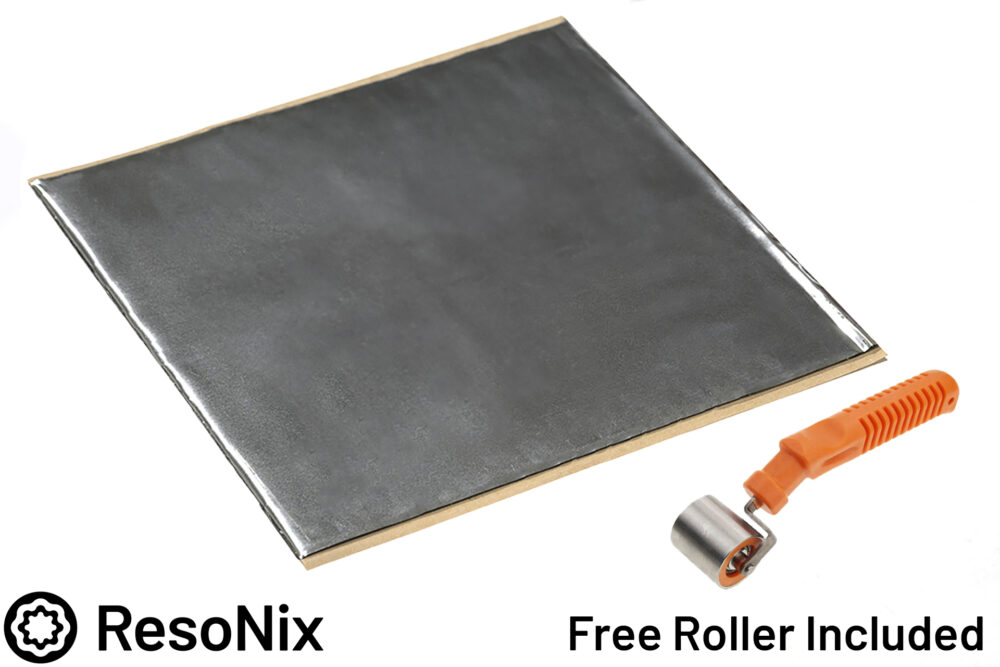
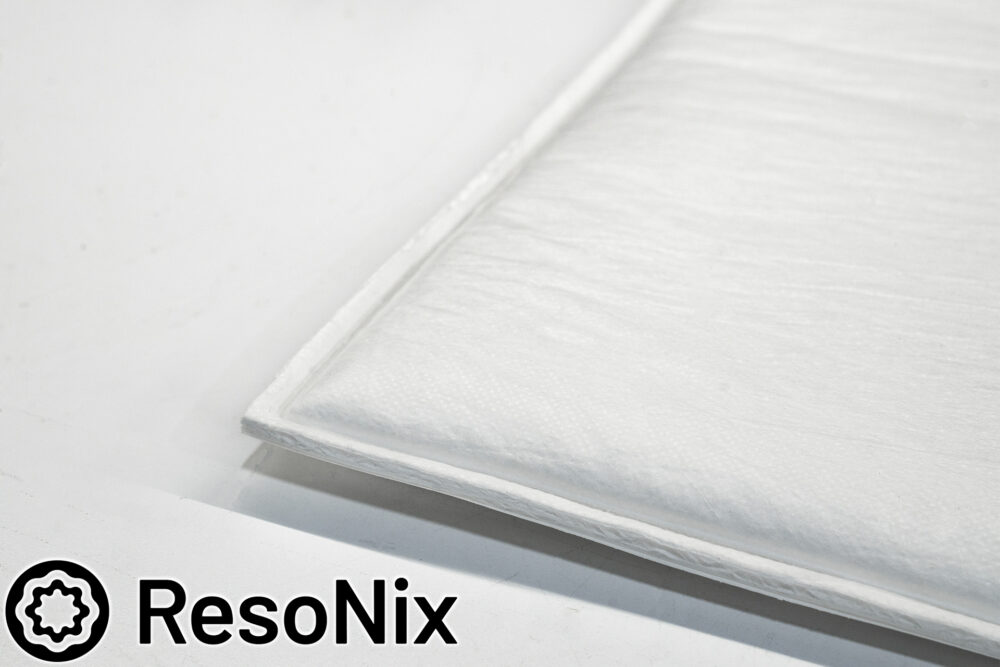
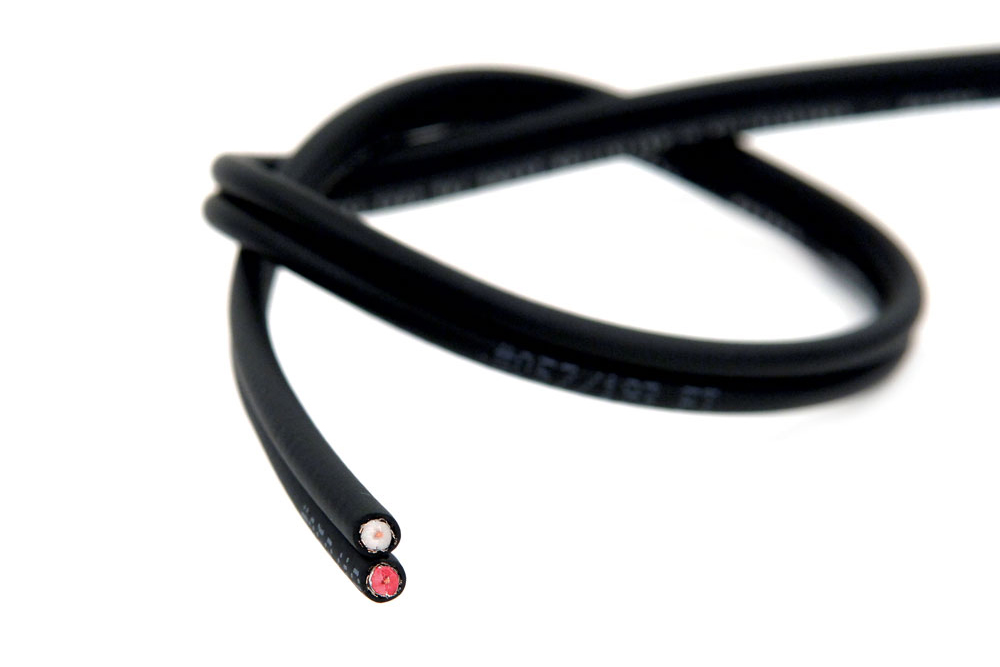
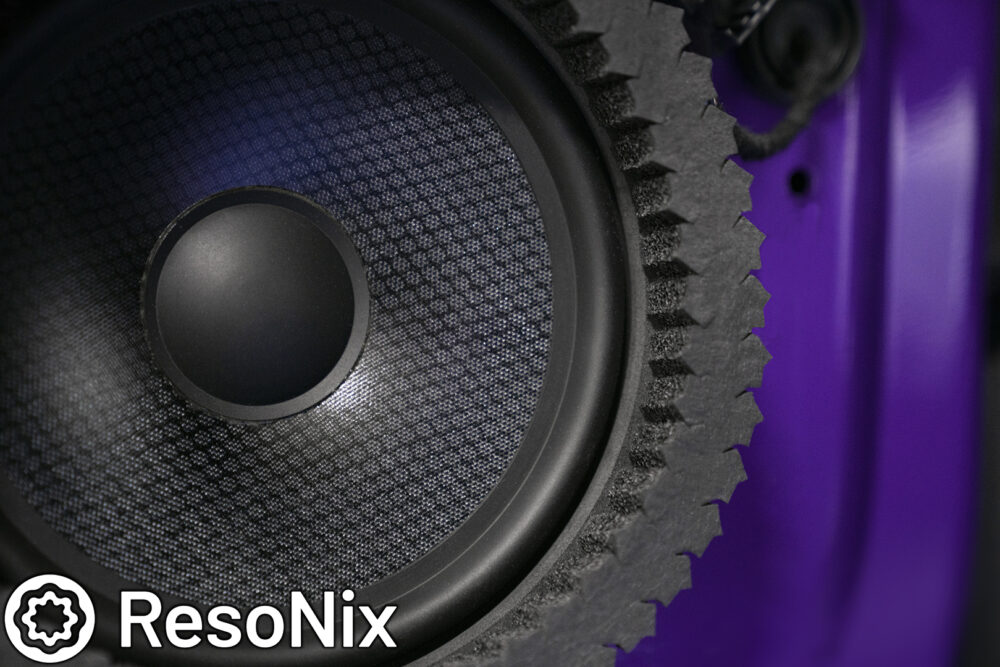
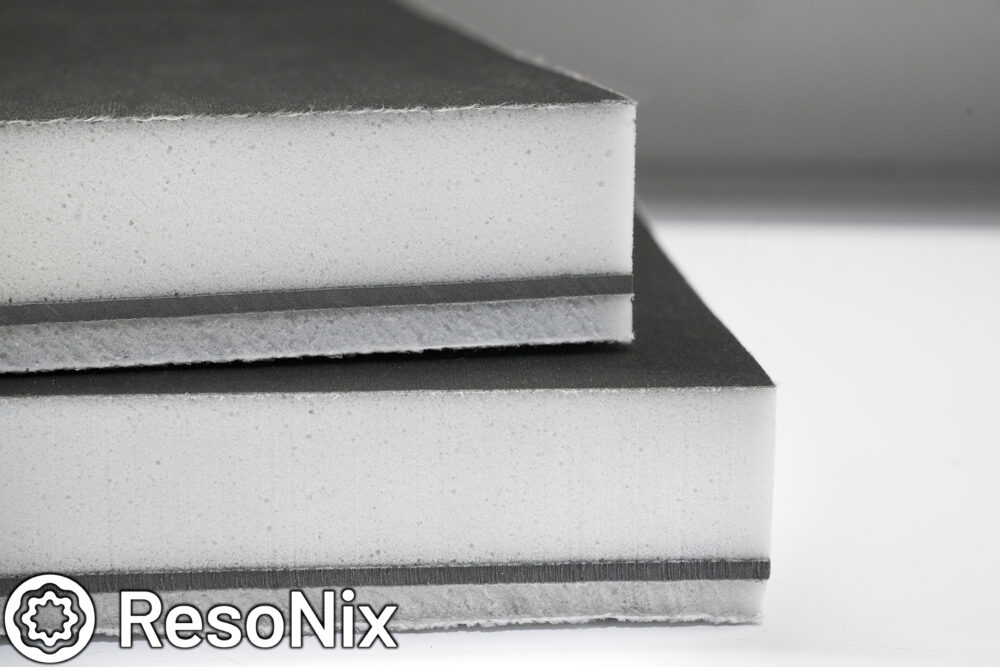
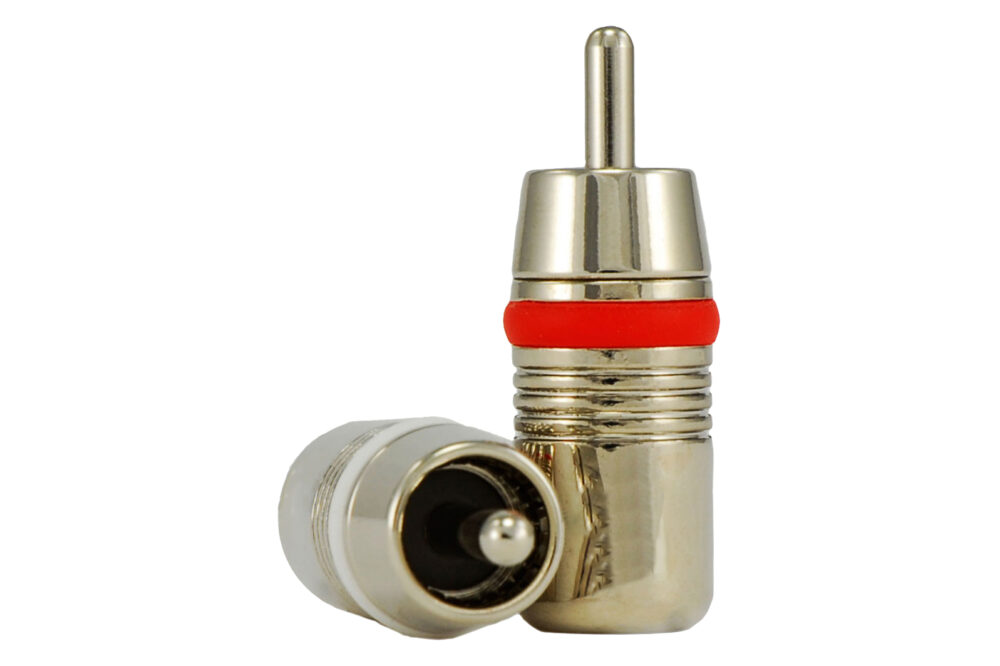
50 Holt Drive, Unit 4
Stony Point, NY 10980
info@resonixsoundsolutions.com
(845) 274-4357
ResoNix Sound Solutions is a company with a specialty in high-end car audio and automotive sound treatment that offers top quality products and services that provide superior performance in their respective categories. No gimmicks, no baseless claims, no nonsense. Constrained layer dampers, sound absorbers, decouplers, noise barriers, and car audio DSP tuning and consultation services are part of our line-up with a focus on data-backed, solutions-based products developed by professional enthusiasts, for enthusiasts.
50 Holt Drive, Unit 4
Stony Point, NY 10980
info@resonixsoundsolutions.com
(845) 274-4357
